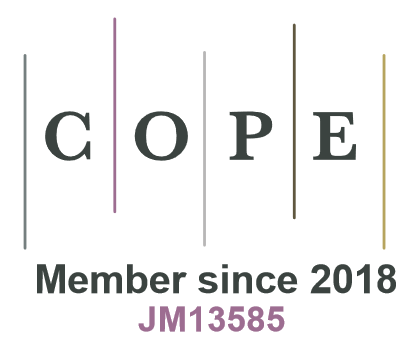Acta Forestalia Fennica vol. 62 no. 4 | 1955
Category : Article
According to the National Forest Inventory of Finland, the age structure of forests in Northern Finland require large-scale fellings. One of the problems is regeneration of low-productive Norway spruce (Picea abies (L.) Karst.) forests in the area. The objectives of this investigation were to study the natural development of Hylocomnium-Myrtillus (HMT) type Norway spruce forests in Northern Finland and the ecological causes of the development. A total of 83 sample plots were studied in 1950-52. The stands were chosen to have a total effective temperature during growing season between 600-800 ºC.
According to the results, the HMT type forests represent secondary developmental stages of the northern Myrtillus type, characterized by tree stands of poor quality. By returning the habitats that have reached their secondary stages to their primary stage, e.g. by means of fires, the potential site quality is restored. The climax theory is inapplicable to the Northern Finland’s spruce stands on fresh site types. The natural development of HMT follows not the climax theory, i.e. a return in each succession to the same type stage expressing the same site quality. One reason is accumulation of the thick humus layer, caused by incomplete decomposition of litter. The humus binds nutrients inaccessible to the trees, and the substratum becomes cold, more acid, and moist.
These forests should be managed by clear-cutting, burning-over and artificial regeneration. When thinning the stands, at least a slight mixture of deciduous trees must be left in the stand.
The article is divided into two separate PDFs. The second PDF is in a supplementary file and includes a summary in Finnish.


